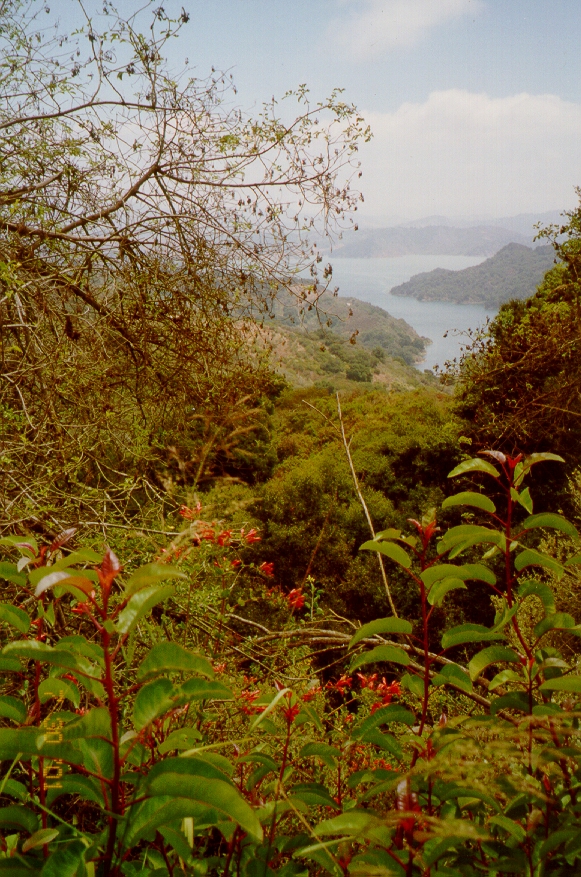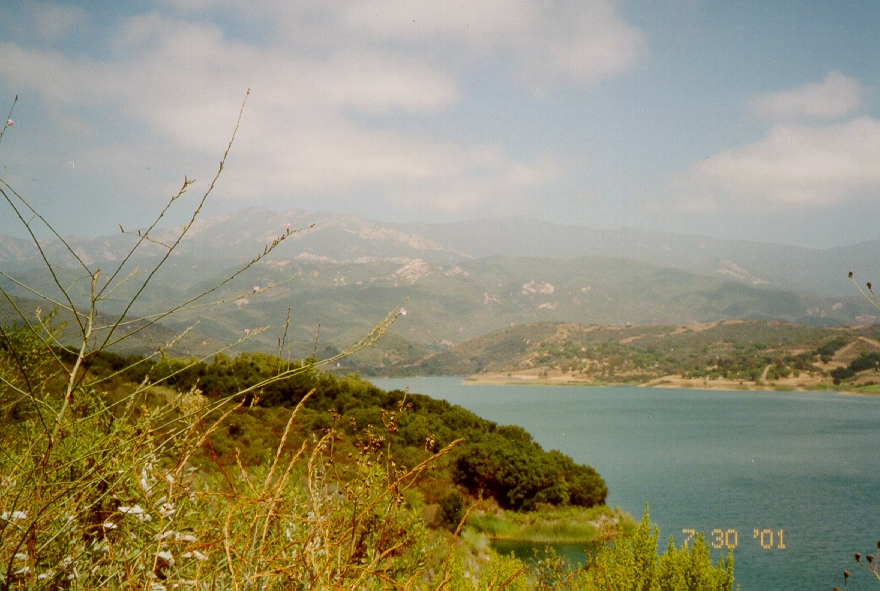
|
 I found myself staring compulsively at a detailed drawing of a solitary oak tree hanging on the wall opposite my chair, and I
finally got up to see who the artist had been, but the signature was illegible. I asked the servers if they could identify
the picture's creator, but no one in the restaurant knew whose work it was. It was not the first time an image of a lone oak had
affected me, but the picture was both compelling and disquieting, and its presence somehow underscored the bipolar feeling
of the town.
I found myself staring compulsively at a detailed drawing of a solitary oak tree hanging on the wall opposite my chair, and I
finally got up to see who the artist had been, but the signature was illegible. I asked the servers if they could identify
the picture's creator, but no one in the restaurant knew whose work it was. It was not the first time an image of a lone oak had
affected me, but the picture was both compelling and disquieting, and its presence somehow underscored the bipolar feeling
of the town.
 We visited the ranger station the next morning and collected trail maps and wildlife information for a future visit.
The ranger at the desk had lovely cat-green eyes that went nicely with the woods. She spoke fondly
of the area, telling us she was a third-generation resident who had volunteered on trails for years, and was finally
getting paid to do what she loved anyway. We knew she meant it, because she kept saying it was a shame we didn't have
time that day to do the short little hike here or there, and her green eyes widened with enthusiasm every time she
pointed out another trail on the maps. I asked about the condors, and she highlighted our maps with yellow circles and
lines, pausing at one point to casually remind us that the area was also a well-known haven for rattlesnakes.
We visited the ranger station the next morning and collected trail maps and wildlife information for a future visit.
The ranger at the desk had lovely cat-green eyes that went nicely with the woods. She spoke fondly
of the area, telling us she was a third-generation resident who had volunteered on trails for years, and was finally
getting paid to do what she loved anyway. We knew she meant it, because she kept saying it was a shame we didn't have
time that day to do the short little hike here or there, and her green eyes widened with enthusiasm every time she
pointed out another trail on the maps. I asked about the condors, and she highlighted our maps with yellow circles and
lines, pausing at one point to casually remind us that the area was also a well-known haven for rattlesnakes.
|




 Back To My Home Page
Back To My Home Page
 Send me email
Send me email